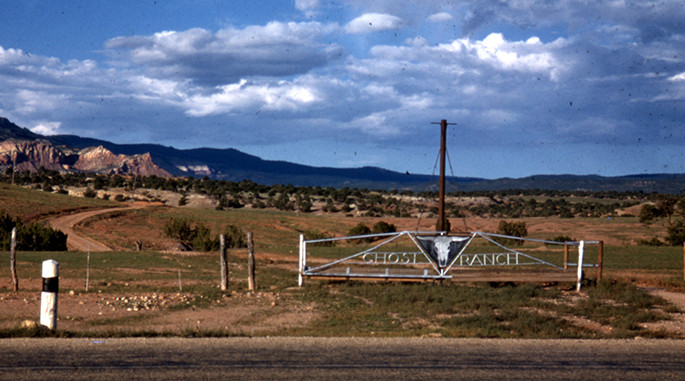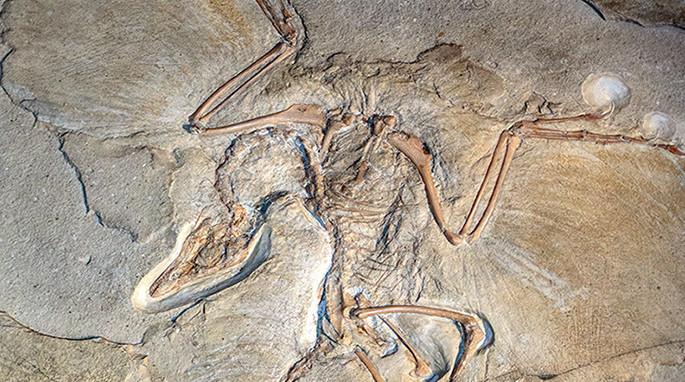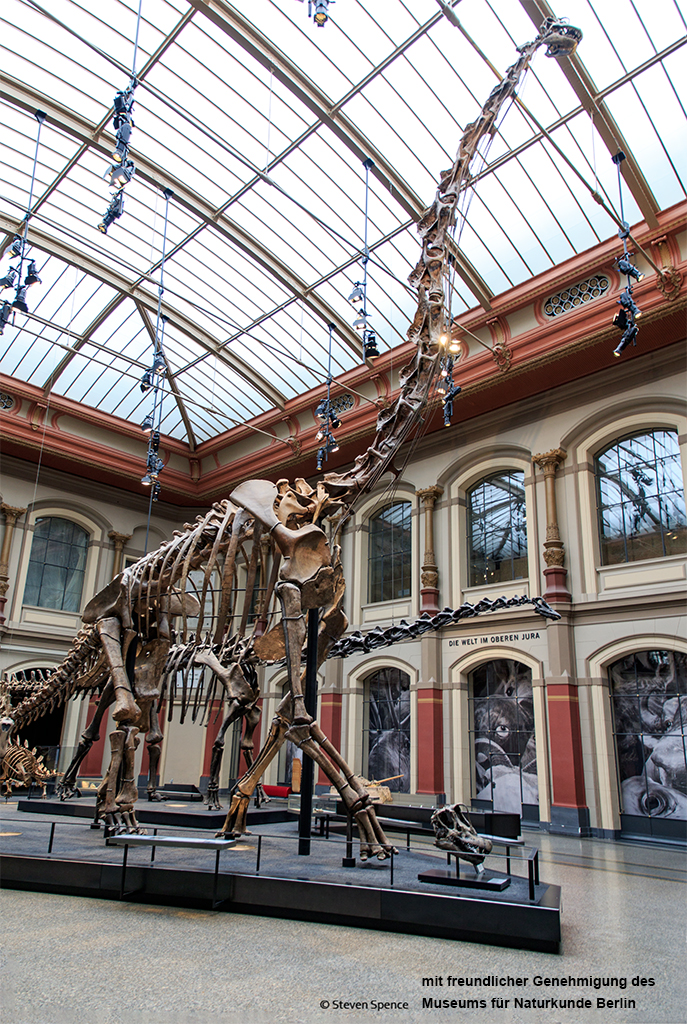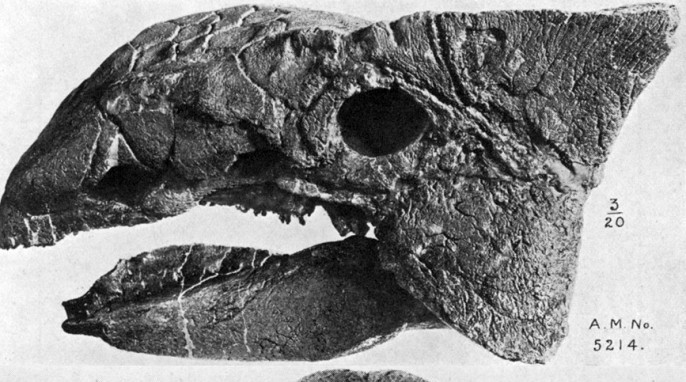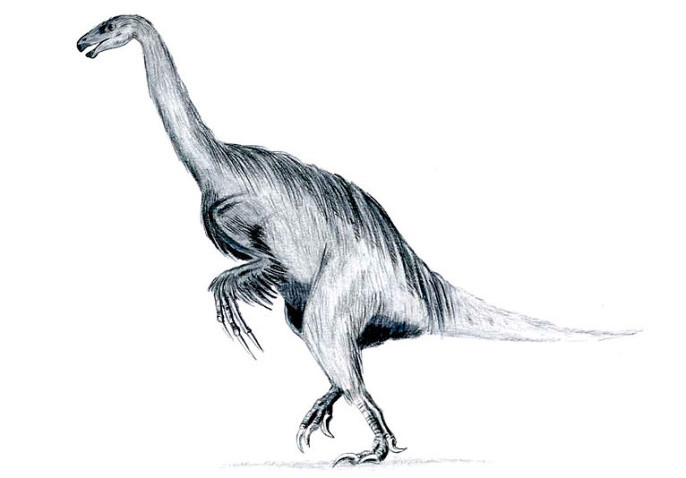Dinosaur Fossils of Ghost Ranch
In more than a century of fossil collecting, paleontologists from the American Museum of Natural History have unearthed fossils from every corner of the globe. But there are some sites so fruitful in dinosaur fossils that they are visited again and again by the Museum’s fossil hunters, with each generation turning up new and unexpected finds. One of those sites is New Mexico’s Ghost Ranch, home to four quarries that paleontologists from the Museum have excavated for decades. The remains of animals from the Triassic era, including dinosaurs, reptiles, and…
Read More
